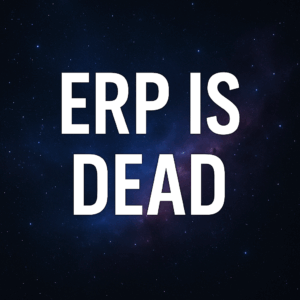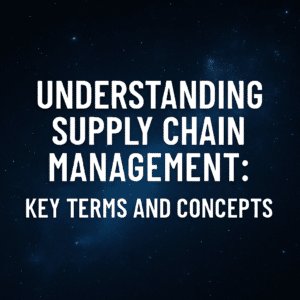I’m always fascinated by how digital transformations that look so similar on the surface can end with such different results. I’ve spent the better part of my career as an independent ERP consultant and ERP expert witness studying the nuances that define success versus failure.
The other day, I read a Wall Street Journal article about the digital transformation at Avis. The results of this particular digital transformation were very interesting, especially when compared to so many digital transformation and ERP failures. I recently wrote an article about the Hertz digital transformation failure, which culminated in a lawsuit against Accenture.
Hertz and Avis are direct competitors in the car rental industry, but the two digital transformations couldn’t have been managed differently – or seen many different outcomes. As we see with SAP, Oracle, and Microsoft Dynamics transformations that we are hired to help clean up, project failures are typically not due to bad luck or happenstance. They are due to fundamental strategies and decisions.
Here are some of the ways that these two digital transformations differed, and how those different decisions led to success vs. failure, and vice versa:
Table of Contents
ToggleAvis led with business processes, while Hertz led with technology
One of the biggest red flags in the digital transformation space is when companies come in hot with preconceived notions of how technology will fix their problems. With the advent of SAP S/4HANA, Oracle ERP Cloud, Microsoft D365, and other new flagship cloud ERP products, the major vendors and their systems integrators are fueling this fire as well.
Rather than cramming technology into its organization and hoping for the best, Avis spent time mapping its future state business processes up front before it started implementing technology. Hertz, on the other hand, handed their project off to Accenture and hoped that they would figure out how to make technology fix its problems. Those are two very different approaches with very different results, so decide accordingly when choosing when to begin business process management during your digital transformation.
Avis focused on the customer experience, while Hertz focused on “building a web site”
As is the case with your business processes, your customer experience should drive your digital transformation. In fact, one could consider these two things one and the same, just depending on how much you want to focus on customer-facing business vs. back-office business processes.
In the case of Avis, they used technology to create customer experience innovations that led to things like networked cars that automatically tracked car location, mileage, and maintenance needs. Innovations like this also reduce costs. So rather than forcing technology into their organization as Hertz appeared to, Avis surgically pinpointed where technology could best enhance the customer experience.
Meanwhile, Hertz’s new technology resulted in several customers being falsely arrested for stolen cars as a result of “glitches in their systems.” This is hardly the customer experience enhancement that most of us would like to see with our digital transformations.
Avis focused on fundamentally enhancing its overall business model, while Hertz tried to automate existing processes
In addition to improved processes and networked cars, Avis also used technology to fundamentally improve its business model. For example, the company decided that it wanted to partner with Lyft to offer Lyft drivers access to their fleet of rental cars. With this in mind, the company created new business processes and technologies to enable this evolution of its business model.
Hertz, meanwhile, jumped straight into simply building a new reservations website. It didn’t seem to challenge itself to improve its business model in the same way. This in and of itself may not have been a bad thing, but they missed an opportunity to use technology to get a leg up on the competition.
Conclusion: focus on the right things in your digital transformation
If these two digital transformation case studies teach us anything, it’s that we need to focus on the right things in our digital transformations. Instead of focusing on cloud, technology, accelerators, and other buzz terms, we should be focusing on our business model, business processes and customer experience. Leading with the right mindset is much more likely to put you on the path to success.
And for the love of God, please don’t simply outsource your project to a system integrator and hope for the best. They need oversight, accountability, and management in order to be successful.
As always, please feel free to contact me to arrange a time to discuss your digital transformation with our team and I. We are happy to be an informal sounding board as you continue your journey!





